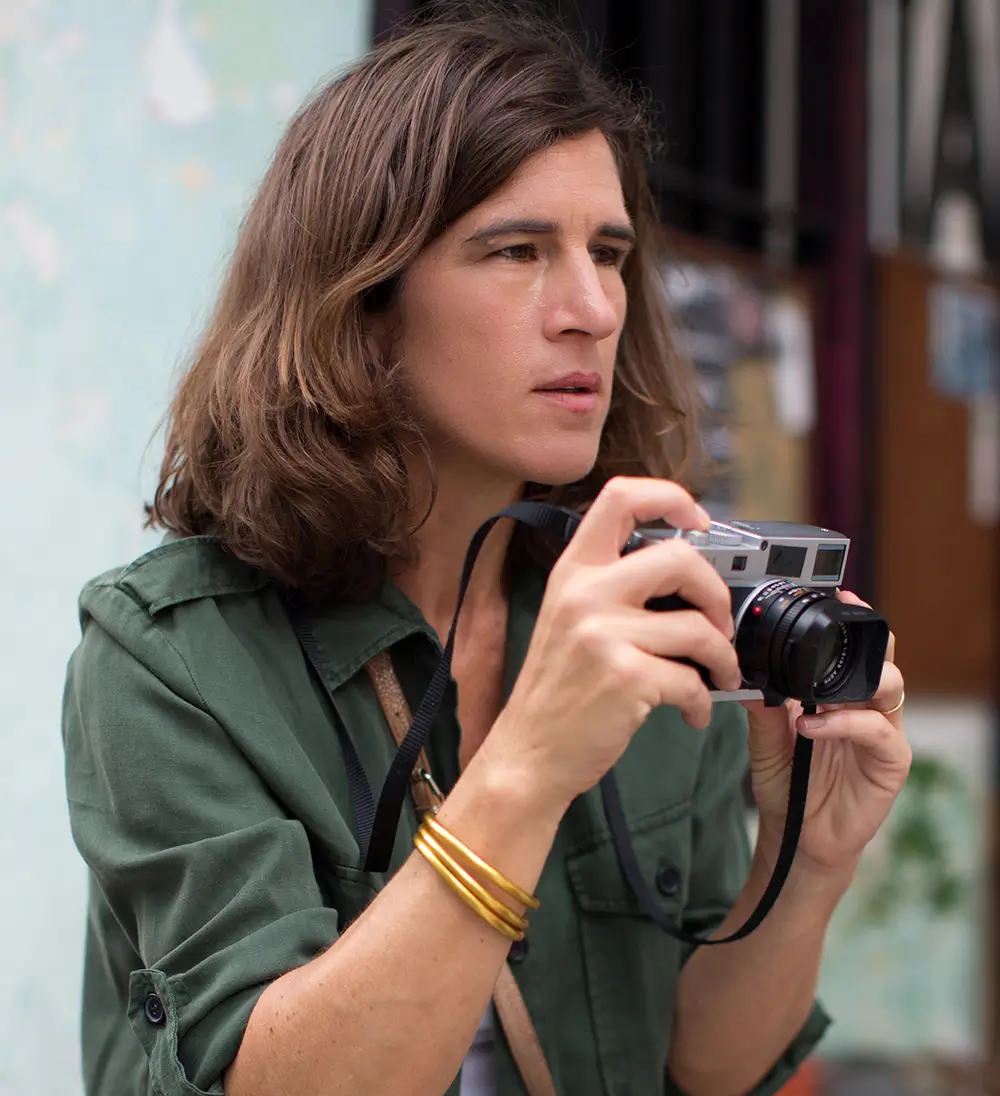I come from an artistic family of musicians, painters, sculptors and writers. I was given my first camera when I was ten years old. On every possible occasion, I took pictures of family and friends. What I enjoyed most was catching people in their everyday life. In my late teens, I started wandering the streets of Paris taking pictures of people. I would then shut myself up in a dark room. I still remember the excitement when I discovered what I had shot. After 15 years of working in finance, I decided to put an end to my career and started what I had always wanted to do as a child: photography.
Statement
I love discovering the world, capturing people’s emotion, and soul, documenting their everyday life. I take candid street photography. I wander in the streets with no precise idea following my instincts, trying to be invisible, looking for something beautiful, unexpected, surprising, magical, mysterious, ambiguous, or even funny trying to capture the perfect moment when everything comes together.
Lately I have started working more on documentary projects using my street photography style.
